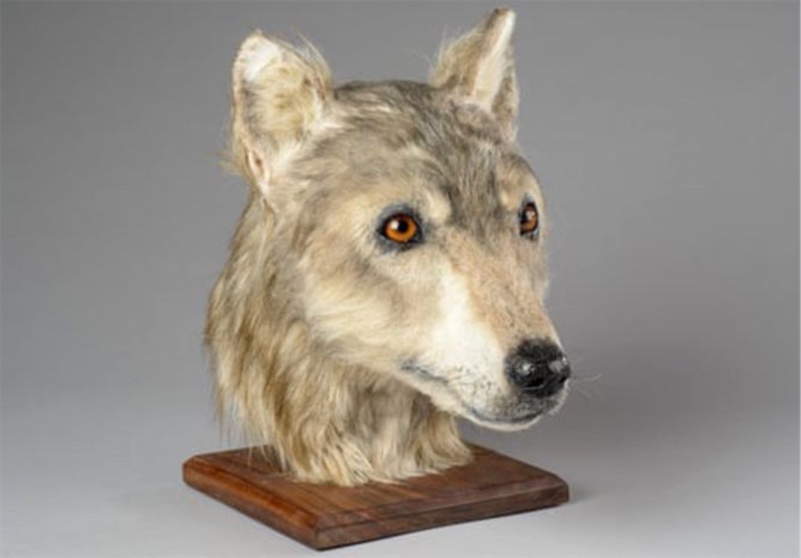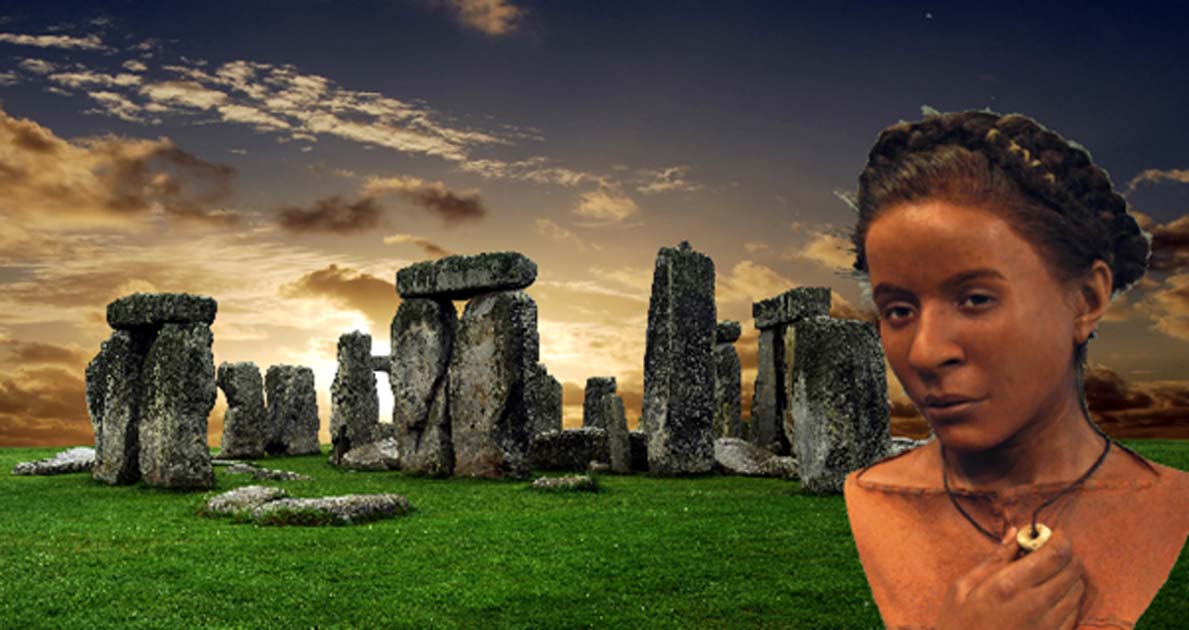via Killer Directory by Administrator
Here is a decent infographic from the guys at Old School Labs which features information about which animals are the strongest in the animal kingdom.
Check out how much the average human can lift, a gorilla, a tiger and lots more.
See the full size version @ Old School Labs
==============================
via Boing Boing by M\ark Frauenfelder
Why is gold ($41,149/kg) more expensive than other metals that are as rare or rarer, such as ruthenium ($9,000/kg)? This video explains why.
==============================
via Arts and Letters Daily: John V. Fleming in First Things
Chaucer: A European Life
Marion Turner
Princeton, 624 pages, $39.95
Chaucer has not lacked for biographies, but Marion Turner’s is of a rare ambition and competence. Its method is geographical, even topographical, approaching the poet’s life by way of the extraordinarily disparate places he spent his time, both in body and in his literary imagination. The effect is to place the greatest of our medieval English poets in his proper context, that of the great medieval European poets. There is hardly a word in Chaucer’s poetry that would be different had no poet before him ever written a line in English; but he is saturated in Latin, French, and Italian writers whose intellectual and lexical inspiration is manifest in his every page.
Continue reading
==============================Continue reading
via Ancient Origins by

Representation of the cuneiform inscription discovery about the ancient city of Karkemish. Source: Homocosmicos / Adobe.
In "A New Historical Inscription of Sargon II from Karkemish," published in the Journal of Near Eastern Studies , Gianni Marchesi translates a recently discovered inscription of the Assyrian King Sargon II found at the ruins of the ancient city of Karkemish. The inscription, which dates to around 713 BC, details Sargon's conquest , occupation, and reorganization of Karkemish, including his rebuilding the city with ritual ceremonies usually reserved for royal palaces in capital cities. The text implies that Sargon may have been planning to make Karkemish a western capital of Assyria, from which he could administer and control his empire's western territories.
Continue reading
The article, originally titled ‘ Mesopotamian King Sargon II envisioned ancient city Karkemish as western Assyrian capital ‘ was first published on Science Daily
==============================
via Interesting Literature
The best poems about being poor, selected by Dr Oliver Tearle
‘Poetry’ is close to ‘poverty’, and not just because the words sound so similar, sharing all but one letter. Many poets, of course, have known penury and been penniless, although a few, such as Lord Byron and Alfred, Lord Tennyson, made a fortune from their poems. (Tennyson was once offered 1,000 guineas to write eight verses for Christmas cards.) And many poets have written brilliantly about the plight of the poor, and about poverty as a theme. Here are ten of the greatest poems about the poor and poverty.
Continue reading
==============================
via the Big Think blog by Stephen Johnson
If you thought your mother was pushy in her pursuit of grandchildren, wait until you learn about bonobo mothers.
- Mother bonobos have been observed to help their sons find and copulate with mates.
- The mothers accomplish this by leading sons to mates, interfering with other males trying to copulate with females, and helping sons rise in the social hierarchy of the group.
- Why do mother bonobos do this? The "grandmother hypothesis" might hold part of the answer.
==============================
via Boing Boing by David Pescovitz

Archaeologists uncovered the skeleton of this neolithic dog more than a century ago in a 5,000 year old tomb on on the island of Mainland, Orkney, Scotland. Now, forensic scientists and artists have reconstructed the animal's face. According to Historic Environment Scotland researcher Steve Farrar, this dog and 23 others found in the "Cuween Hill (tomb) suggest that dogs had a particularly special significance for the farmers... Maybe dogs were their symbol or totem, perhaps they thought of themselves as the 'dog people.'"
Continue reading
==============================
via Ancient Origins by Ed Whelan

A study is throwing new light on the population and history of Neolithic Britain. It provides evidence that Stonehenge’s builders were the descendants of farmers who had temporarily settled in modern-day Iberia but originated in what is now Turkey. The research involving the examination of DNA samples indicates that migrant farmers almost completely displaced the native hunter-gatherers, who had roamed the island for thousands of years.
Continue reading
==============================
via Interesting LIterature
In this week’s Dispatches from The Secret Library, Dr Oliver Tearle reviews the pioneering fantasy novel by Poul Anderson
In 1954, a bold and exciting new work of fantasy fiction was published, influenced by Norse myth and describing a heroic quest, containing elves, giants, magic swords, enchantment, an epic battle, and plenty of singing. The novel was called The Broken Sword by the Scandinavian-American author Poul Anderson: a book which has been eclipsed by the more famous novel which appeared that year, The Lord of the Rings (or at least began to appear that year: The Fellowship of the Ring was published in 1954). And yet for many, including the giant of modern fantasy, Michael Moorcock, The Broken Sword is superior to Tolkien’s novel: in an illuminating article about Anderson’s novel, Moorcock writes that The Broken Sword ‘seems to echo the existential mood of the west after the second world war’. Instead of Tolkien’s black-and-white vision of heroes and villains, Anderson is all noir. Scandi-noir, we might now say.
Continue reading
==============================
via the OUP blog by Panumas Kingmay

Eiffel Tower” by Louis Pellissier. Public Domain via Unsplash.
Albert Camus (1913-1960) was a French philosopher and novelist whose works examine the alienation inherent in modern life and who is best known for his philosophical concept of the absurd. He explored these ideas in his famous novels, The Stranger (1942), The Plague (1947), and The Fall (1956), as well as his philosophical essays, The Myth of Sisyphus (1942) and The Rebel (1951). He was awarded the Nobel Prize for Literature in 1957.
Continue reading
No comments:
Post a Comment